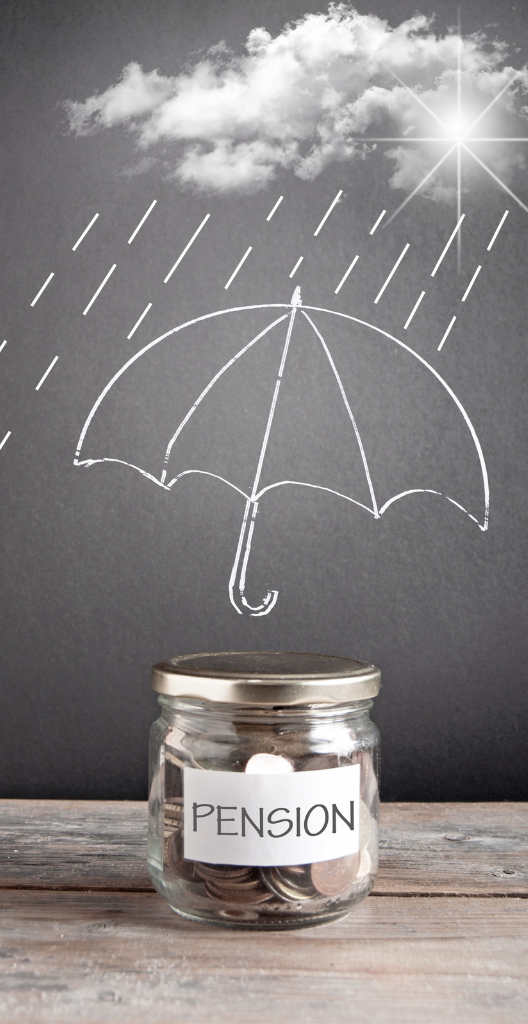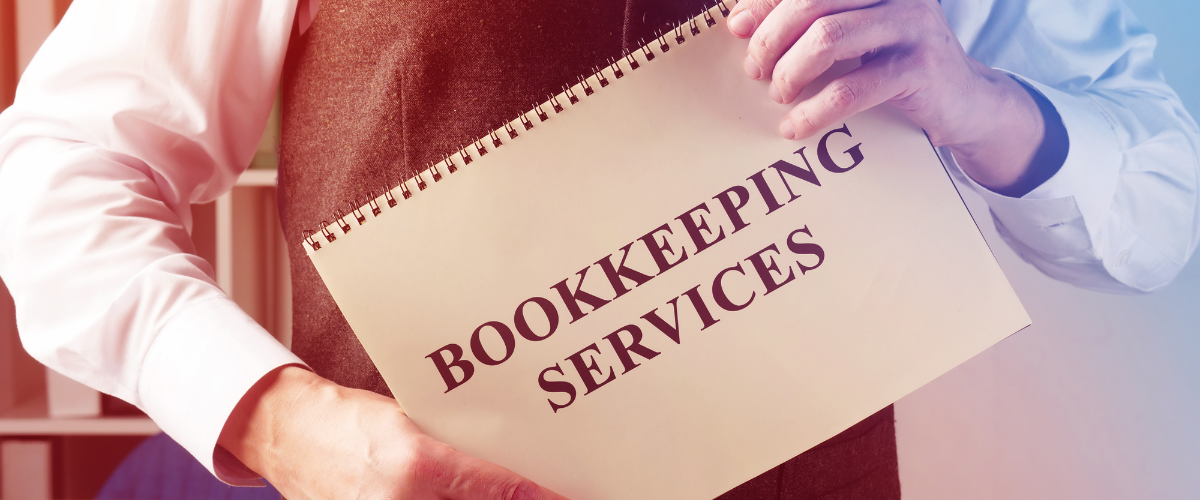If an organization has a excessive stage of debt on its balance sheet, it may indicate that the company is struggling to meet its monetary obligations and may be susceptible to defaulting on its loans.
A adverse cash flow on the balance sheet can be a purple flag as it might point out that the company is not producing sufficient money to cowl its bills or invest in future growth.
If an organization’s profitability is declining, it could sign underlying points such as decreasing demand for its services or products, inefficient operations, or increased competition.
Excess stock ranges can be a warning sign that an organization is having bother selling its products, which could lead to potential write-downs and lower profitability.
A excessive level of accounts receivable relative to sales may indicate that the company is struggling to collect payment from prospects, which can impact its money move and overall financial well being.
Companies might have off-balance sheet liabilities, similar to working leases or contingent liabilities, that aren’t absolutely disclosed on the steadiness sheet. These hidden liabilities can pose dangers to traders and collectors.




